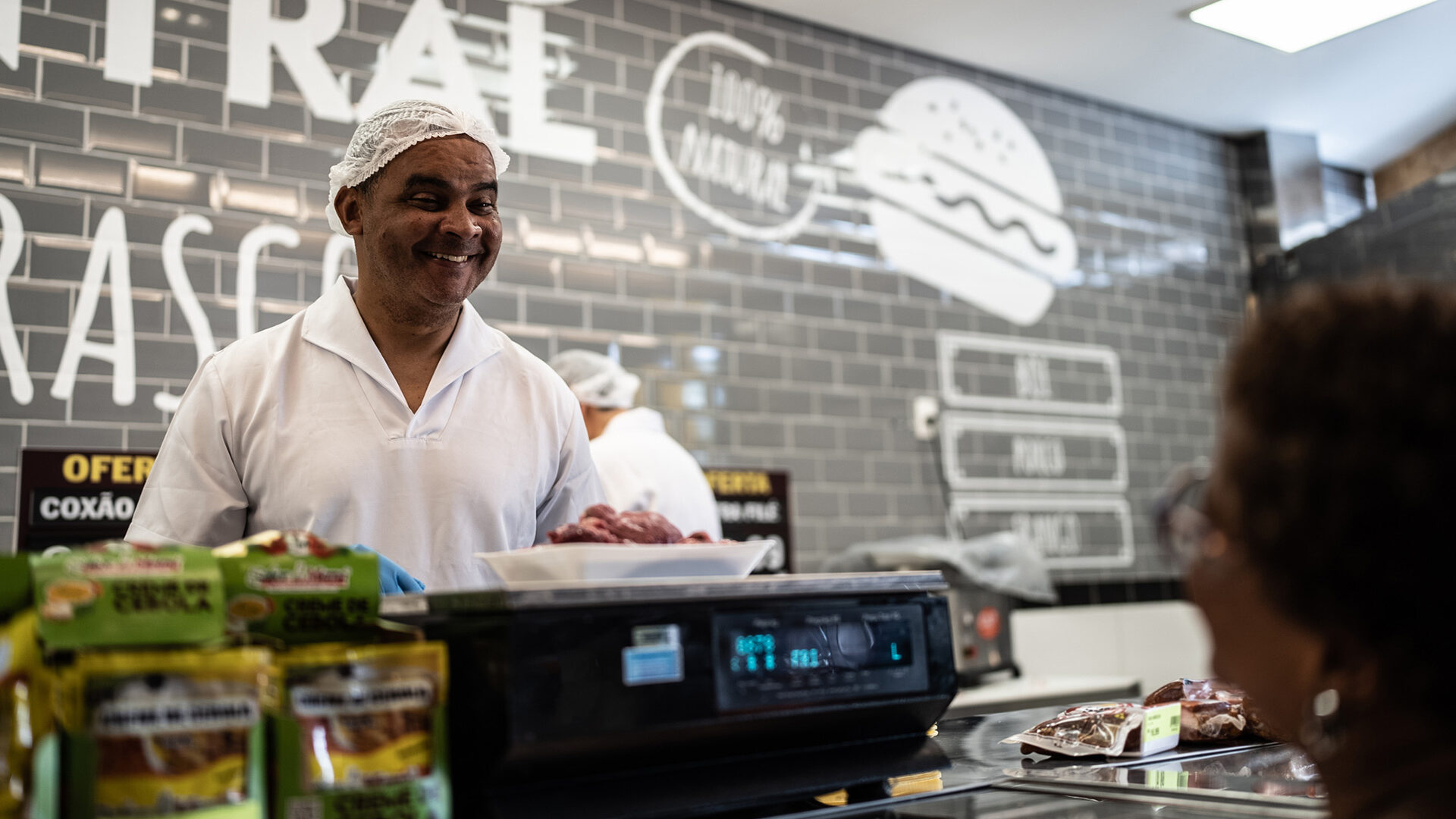2 minute read
Customer Service: Are you providing the same level to everyone?

Wikipedia defines customer service as the “provision of service to customers before, during and after a purchase”. A company with multiple stores expects a customer to have the same experience no matter which store the customer shops or what time the customer is served. However, we all know that the level of that service could be different depending on the individual employee providing the service and the customer receiving the service. Good customer service is a perception from a customer’s viewpoint that the person or company truly appreciates their business and cares for them at a more personal level. Customer service good or bad can change the perception of how those customers feel toward a company. It also determines whether they continue to do business with them and how they relate that experience to other prospective customers.
Why is there a difference between the customer service the company has planned to provide consistently across all its stores and what really is getting delivered? I have been working in grocery retail for almost 40 years. I started as a part-time bagger when I was 16. I still see the constant struggle to deliver customer service consistently across stores and the gap between what is planned and what really gets delivered.
This is bigger than “every customer should be treated the way you would want to be treated” and companies should learn to give great “customer service” from the inside out. From my perspective of growing up in a grocery store I believe customer service is a combination of science, best practice and training.
To me a good customer service means:
- how good are my labor standards and best practices
- is my company truly committed to 5-S and has determined the cost of customer service it wants to provide and make a commitment to make sure it is measured and the gap is reduced,
- do we have a training program to train our store partners with the best methods and practices,
- how good is my labor and operational budget and how accurate it is, have we assigned the right number of hours to provide the best service,
- do we generate an accurate forecast and staffing that will help the store to have the right number of employees at the right time,
- do we generate a well load balanced schedule so my better skilled employees are scheduled where I expect a higher service level (busy time on the weekend),
- do we give our employees the shared responsibility to changed availability, time off requests, and accept, deny and monitor call-offs, shift trades and shift replacements all while allowing management to handle the employee requests fairly and with complete transparency (as we all know the cost of disgruntled employees and its impact on customer service) and
- how seriously do we practice budget vs forecast vs scheduled vs earned to address operational and labor inefficiencies.
In my upcoming sessions I plan to cover these topics and look forward to hearing about your experiences.



